Particles of pure pigment are spread across the canvas. Traces and trust are two ideas that are strongly connected to Paul Czerlitziki´s work over the past years. Repetitive gesture; a single layer on the very basic foundation of what is commonly understood as painting. But he produces nothing but sensitive surfaces that are meant to break. They depend on the care of its owner, its transporter or even on the artist himself since they get hurt easily and, with that, are irritating objects that go past a visual stimulation through their minimalistic appearance. The erosion of the surface can be seen as a play on the idea of on the professionalization of art handling. By the overcompensation of protection, his works become a reaction to craze market values for potentially ephemeral work. Protect and preserve. Preserve to protect. But what does it mean when they break, when traces show and the artist’s idea reveals itself? Czerlitziki´s pieces reflect on their own existence in their own way, to stimulate, to get exhibited, to get chipped, to fade. What would be left if all the pigment vanishes? Will it be less of a piece or will it actually fully live up to its potential?
The eroded surface is Łakomy´s and Czerlitzki´s point of intersection. The worn down surface of Lakomy´s reflective fabric stands in contrast to the neat seams and geometric form. Hanging at the wall, the fabric becomes a hybrid between painting and object, trying to interact with the space in its very structure. The fabric rather amplifies the architectonical experience within the space, as it also relates to human size.
The collaborative intervention by Czerlitzki and Łakomy is a police mirror installed in MÉLANGE´s back and front windows allowing the passer by to see inside but allowing the visitor only to see themselves and the space – so long as there is light inside. For that, Lakomy´s light installation interacts with the whole space and serves as a source for a dialogue between both rooms. Different sort of regular light bulbs, LED lights and energy saving lamps are serially connected creating a vague atmosphere. The combination of the different sources of light speaks about the transition of time and technology, where the costliness and consumption of objects stand in direct contrast to its shortened lifespan. In this way, it is the factor of time that becomes a major role in both artists’ works, questioning its simultaneous decaying and fulfilling potentials.
This project was made possible in collaboration with Culture.pl
Paul Czerlitzki, Piotr Łakomy Paul Czerlitzki / Piotr Łakomy
Mélange 20/11/2015—04/12/2015
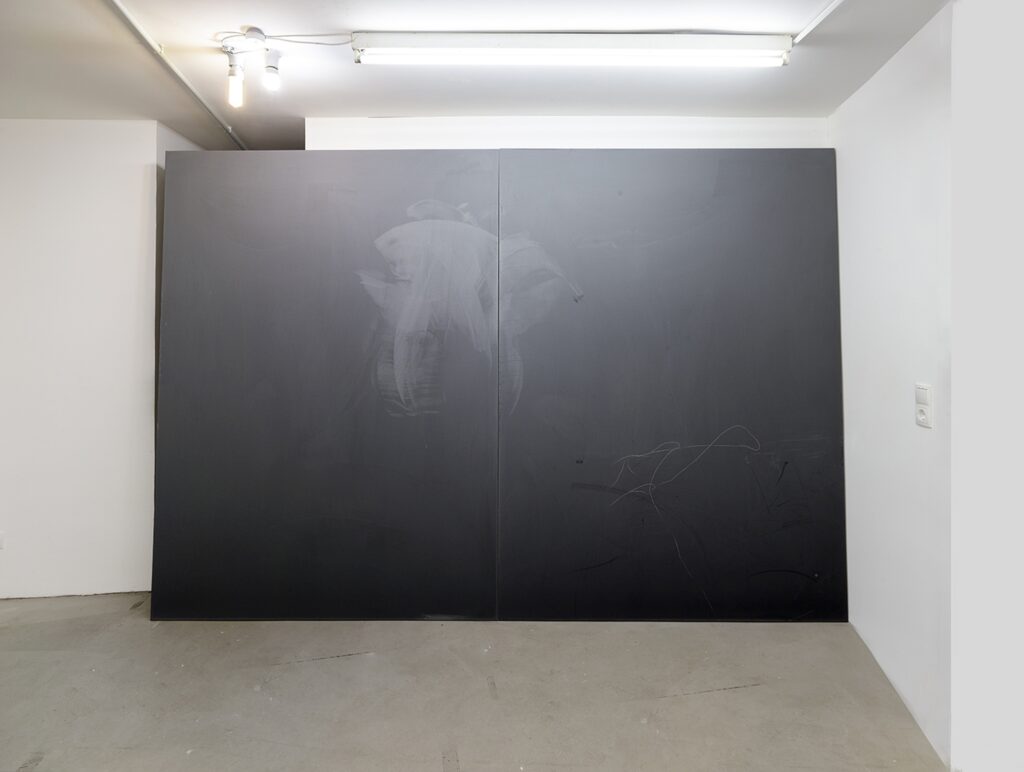
Paul Czerlitzki / Piotr Łakomy, installation view, MÉLANGE 2015. Photo: Simon Vogel
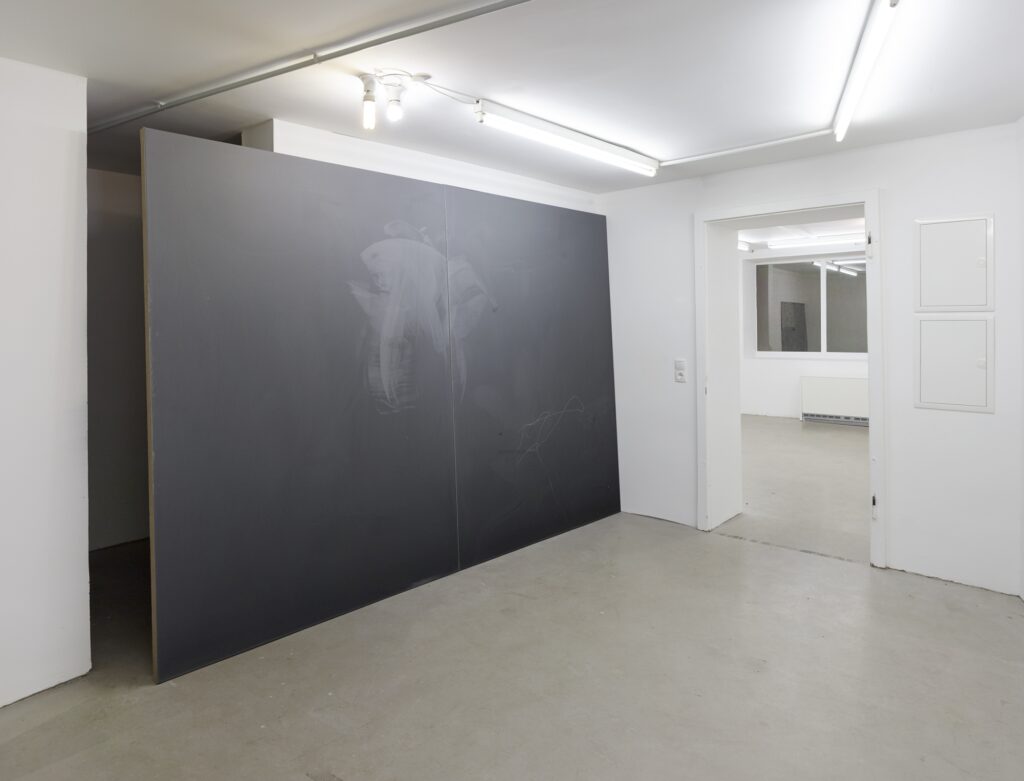
Paul Czerlitzki / Piotr Łakomy, installation view, MÉLANGE 2015. Photo: Simon Vogel
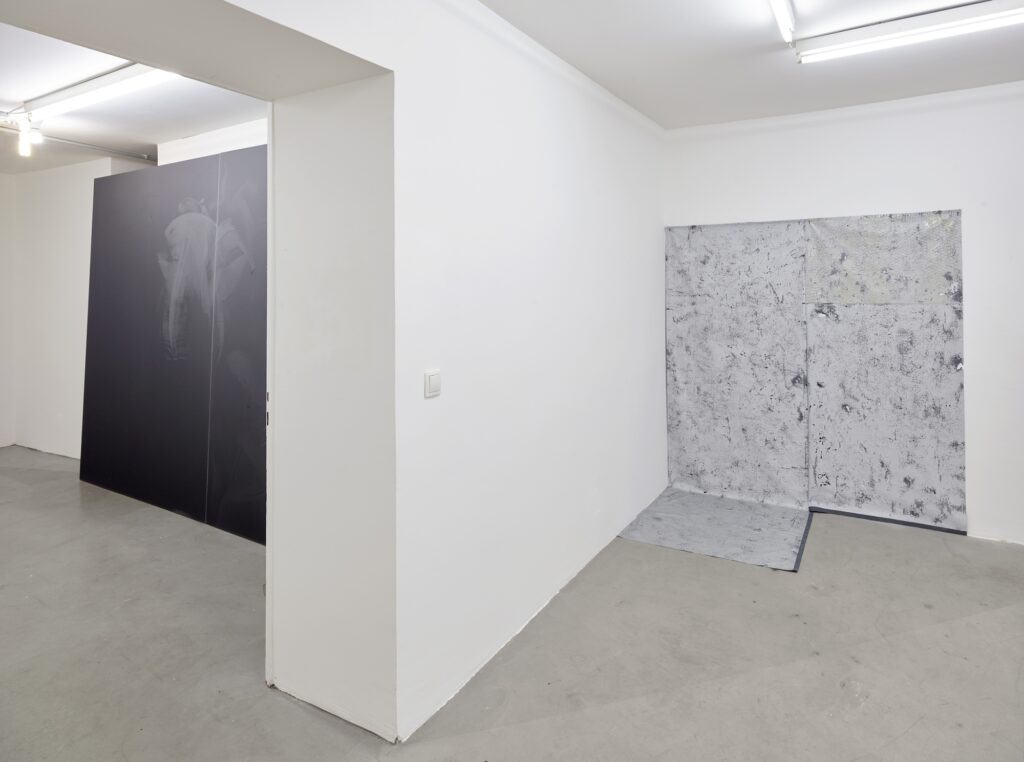
Paul Czerlitzki / Piotr Łakomy, installation view, MÉLANGE 2015. Photo: Simon Vogel
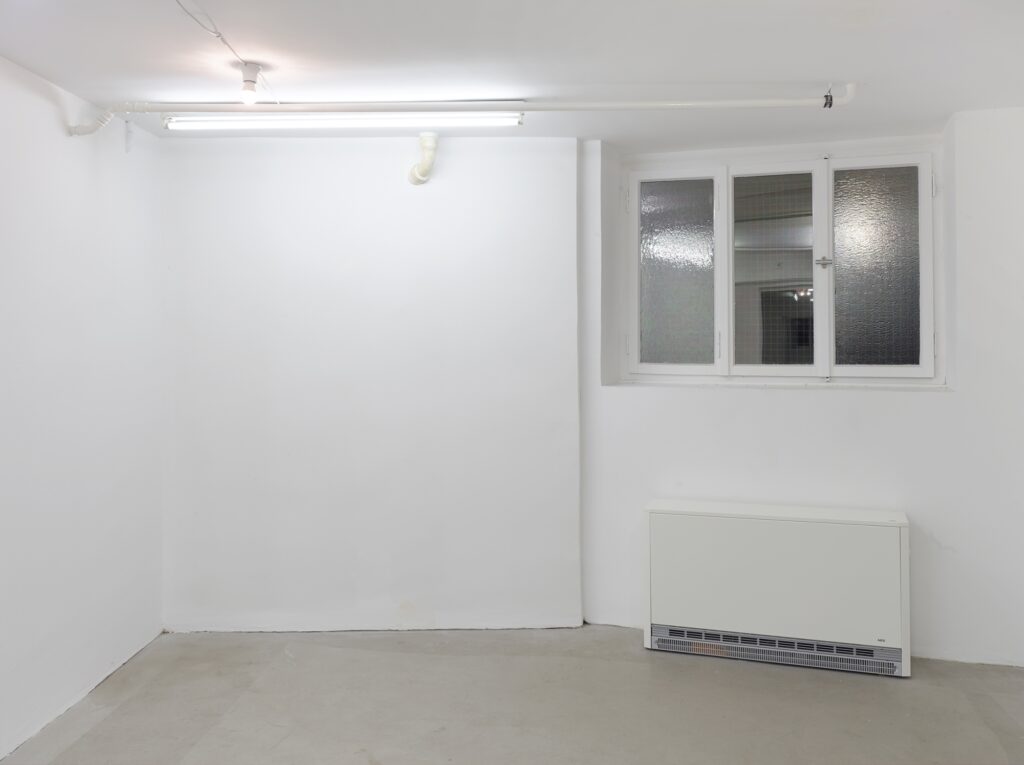
Paul Czerlitzki / Piotr Łakomy, installation view, MÉLANGE 2015. Photo: Simon Vogel
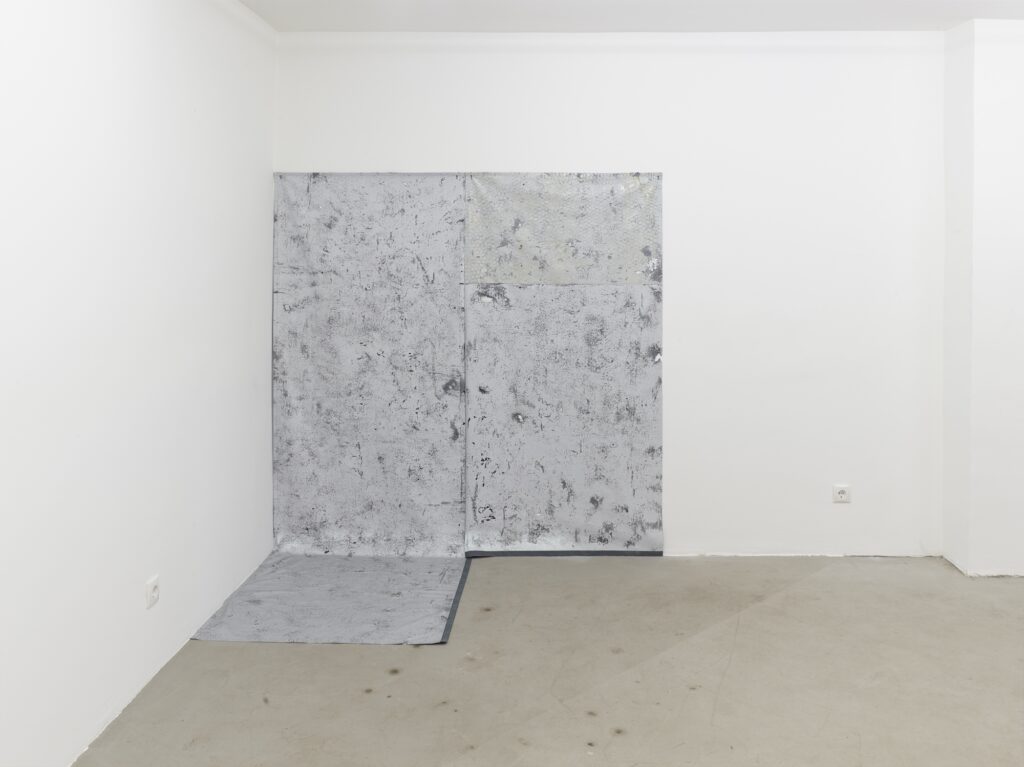
Paul Czerlitzki / Piotr Łakomy, installation view, MÉLANGE 2015. Photo: Simon Vogel
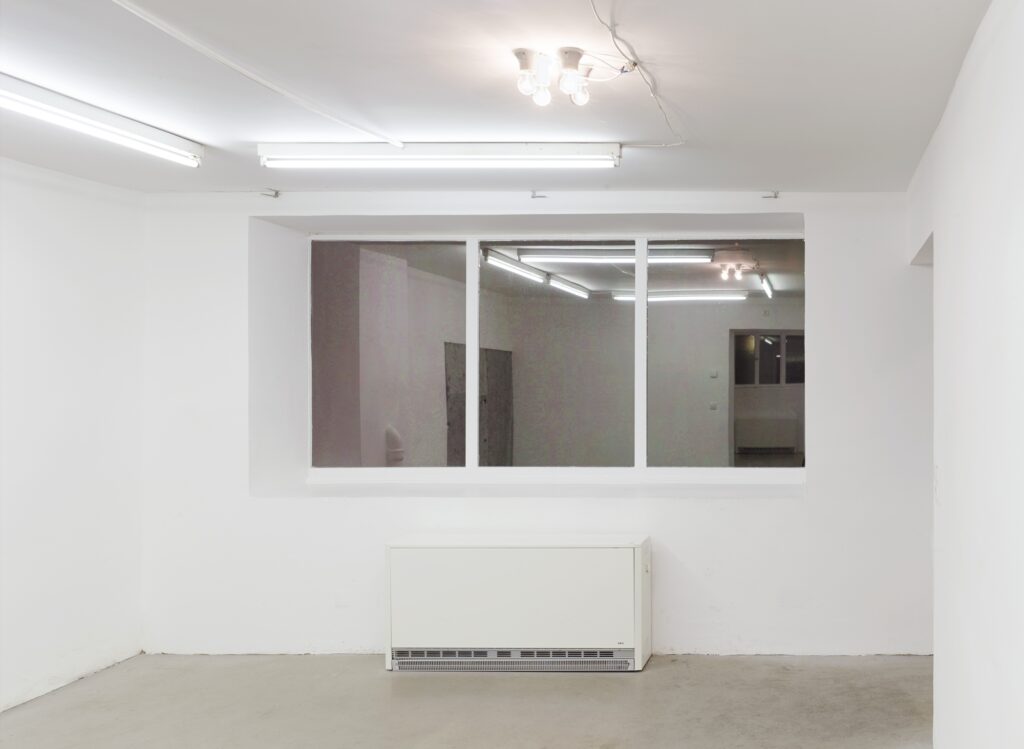
Paul Czerlitzki / Piotr Łakomy, installation view, MÉLANGE 2015. Photo: Simon Vogel
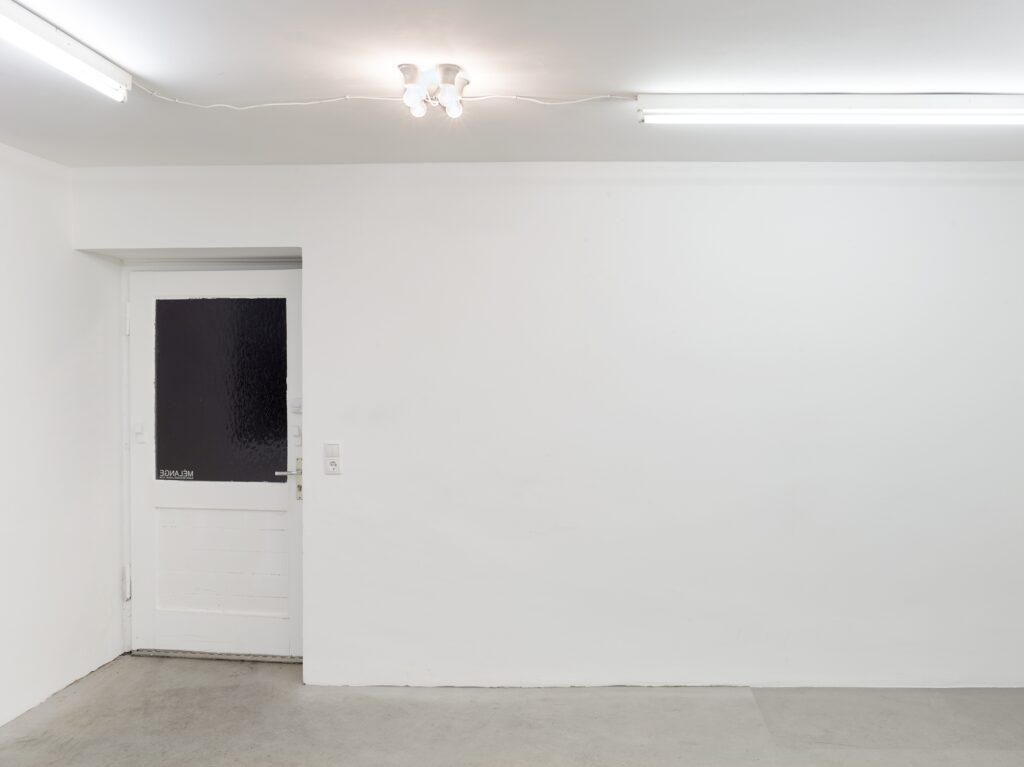
Paul Czerlitzki / Piotr Łakomy, installation view, MÉLANGE 2015. Photo: Simon Vogel